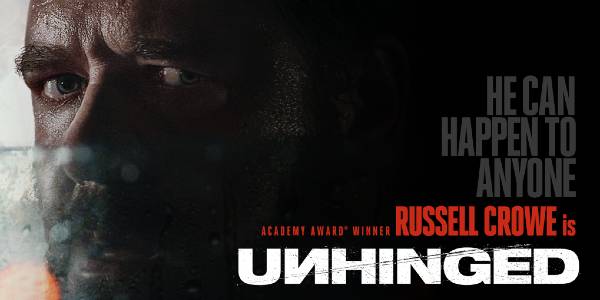A Quiet Passion (2016) – Movie Review
Terence Davies’ A Quiet Passion is a deeply poetic, emotionally rich biographical drama that brings the life of the 19th-century American poet Emily Dickinson to the screen with piercing insight and melancholy beauty. Starring Cynthia Nixon in a career-best performance, this 2016 film is both a reverent portrait of a literary genius and a meditation on the inner life of a woman at odds with her time.
Unlike conventional biopics that focus on external achievements, A Quiet Passion dwells in the emotional and intellectual world of Dickinson. The film opens with a young Emily (Emma Bell) in a strict religious school, already resistant to conformity, and transitions into her adulthood as she retreats into the reclusive yet vividly imaginative life at her family home in Amherst, Massachusetts. There, Nixon takes over the role, portraying Dickinson’s transformation from spirited wit to emotionally isolated artist with haunting precision.
Cynthia Nixon’s portrayal is nothing short of extraordinary. She captures the many layers of Dickinson—her defiance, intelligence, wit, bitterness, and longing—with subtle shifts in tone and gaze. Her performance is not loud or showy but quietly devastating. Nixon fully inhabits the poet’s struggles: her frustration with the limited role of women, her deep devotion to her family, her spiritual questioning, and her increasingly withdrawn nature as illness and emotional wounds take hold.
What sets A Quiet Passion apart is Terence Davies’ uncompromising style. He does not force modern sensibilities onto Dickinson’s story, nor does he embellish it with artificial drama. Instead, the film unfolds like one of her poems—measured, introspective, and layered with meaning. The dialogue is sharp and literary, especially in the exchanges between Emily and her quick-witted friend Vryling Buffam (played delightfully by Catherine Bailey), whose presence adds levity to the film’s otherwise somber tone.
Davies, known for his lyrical and patient filmmaking, uses formal compositions, natural light, and silence to reflect the poet’s internal world. The cinematography by Florian Hoffmeister is painterly, often framing Emily in doorways and windows, emphasizing her isolation and the world she observes but rarely joins. One remarkable sequence—a time-lapse photographic morphing of the Dickinson family over the years—subtly conveys the passing of time and the erosion of youthful idealism.
The use of Dickinson’s poetry, read in voiceover by Nixon, is woven seamlessly into the narrative, giving voice to Emily’s innermost thoughts and allowing her verse to punctuate the film’s emotional beats. These recitations become spiritual reflections—brief glimpses into her soul that transcend the constraints of her physical world.
A Quiet Passion is not an easy film—it asks patience and reflection from its viewers—but for those willing to engage with its stillness, it offers profound rewards. It’s a tribute not just to Dickinson’s life, but to the pain, beauty, and solitude of the creative spirit.
Terence Davies doesn’t merely tell the story of Emily Dickinson—he invites us to inhabit her silence, her sorrow, and her brilliance. It’s a rare film that feels like poetry in motion.









